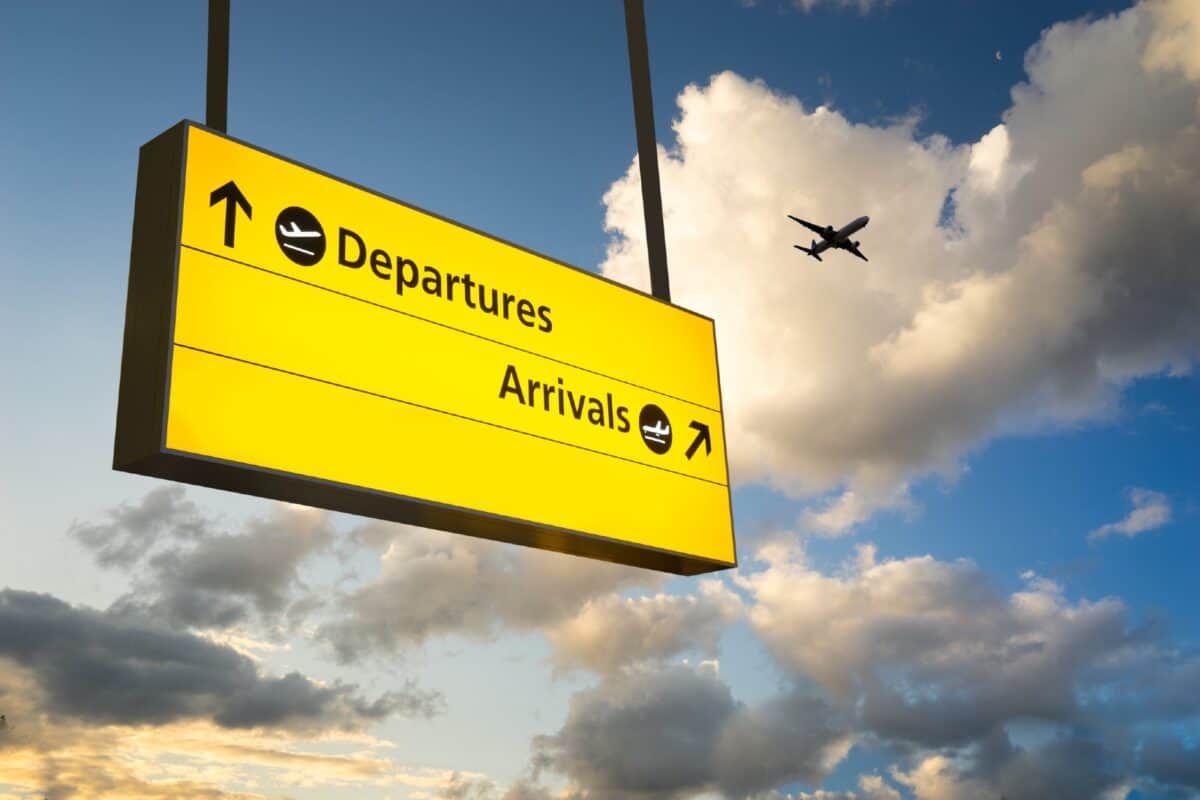The Rolls-Royce (LSE: RR) share price sometimes feels like it’s losing altitude, exhausted by its relentless climb higher. It’s drifted 5.5% lower over the past month, for example.
Zooming out however, it’s still the best-performing FTSE 100 share over one year (+121%), two years (+491%), and three years (+274%). These are jaw-dropping returns.
But what might be next for this incredible outperformer? Well, one City analyst reckons it’s going 22% higher to 655p over the next 12 months.
A smorgasbord of opinion
The analyst is David Perry from JP Morgan who earlier this month maintained a Buy rating on the stock. He also raised his price target, from 535p to 655p.
This is among the loftiest targets, though there’s a wide range of estimates. The highest is 701p (+30% ) and the lowest is 240p (-55%). Both can’t be right, so it’s best to take these forecasts with a dash of doubt.
Overall, the consensus price target among analysts is 573p, which is around 7% above the current level.
As a Rolls shareholder, I’d love to see the stock rise 22% to 655p. However, there were a couple of warnings in the recent trading update that I can’t ignore.
Supply chain headaches
On 7 November, the engine maker gave us an update on its year so far. The main thing that stuck out to me was the engine flying hours figure for the 10 months to the end of October. It was just 2% above the level achieved before the pandemic threw the world — and Rolls-Royce’s business — into chaos.
The company’s full-year guidance is for 100-110% above the 2019 level. It’s sticking by this, but 102% is tracking towards the lower end of this guidance.
This metric’s important because Rolls’ key civil aerospace division earns the bulk of its revenue from maintenance, repair, and overhaul services. These are directly tied to the number of hours its engines are in operation.
However, the aerospace sector’s suffering from a shortage of parts, labour and new planes. So engine production and maintenance schedules are being affected.
To give one example, Thai Airways CEO Chai Eamsiri recently told Reuters that servicing the Rolls-Royce engines on its Boeing 787 planes is now taking six months rather than three.
Rolls-Royce is doing well to navigate these supply chain challenges, but they remain a key risk to the company’s ongoing progress.
What I’m doing
The stock’s trading at around 30 times expected earnings for 2024. Using the iShares Global Aerospace & Defence UCITS ETF as a proxy for the industry, Rolls-Royce seems fully priced. The ETF’s price-to-earnings ratio is 29.2.
As things stand, I’m not ready to buy any more shares, but I’m happy to hold the ones I have. That’s because demand for long-haul aircraft (and therefore engines) is expected to surge over the next two decades, driven by a boom in global travel, particularly in Asia.
Meanwhile, its defence division should grow as nations bolster their armies in our more fragmented geopolitical world. The firm’s engines power submarines and military jets.
Finally, there’s Rolls-Royce’s small modular reactor business, which was recently chosen as the Czech Republic’s preferred supplier for its mini-nuclear reactor programme. This emerging industry could be worth $72bn by 2033 and $295bn by 2043.
This post was originally published on Motley Fool







